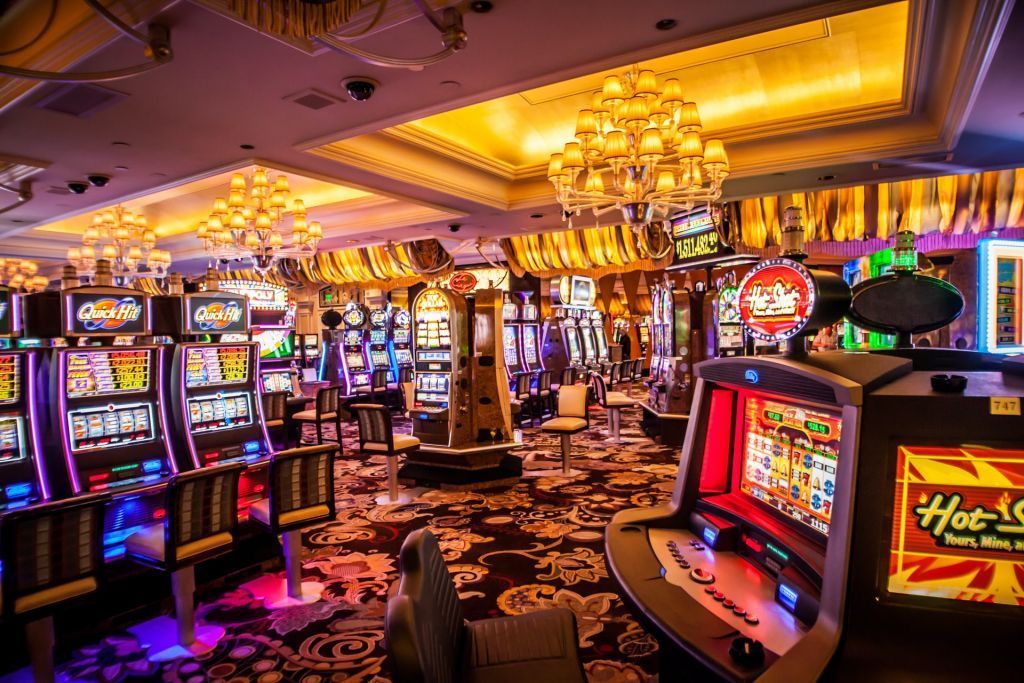
In a dynamic and exciting world of casinos, where fortune and strategy intertwine, hues and aesthetic play a key role in drawing in players. From the moment visitors step inside a casino or access a gaming platform, they are enveloped in a visual feast that grabs their attention and lures them to discover more. Bright colors, captivating graphics, and creative layouts are meticulously crafted to create an environment of excitement and anticipation, ultimately enhancing the gaming experience.
While gamblers navigate through the ever-changing landscape of casino games, they encounter a range of designs that not only serve visual purposes but also influence feelings and decision-making. Hues like scarlet and yellow symbolize riches and fortune, while calm navy and emeralds can create a more tranquil environment. Understanding how these elements function together enables casinos to create an welcoming and stimulating atmosphere that encourages players to engage with the games, invest more time at the tables, and boost their overall enjoyment.
The Psychology of Tint in Casino Games
Color plays a critical role in the development of gambling games, affecting players’ feelings and actions. Bright and bold hues, such as red and gold, are often used to incite excitement and attract notice. These hues create a sense pressure and energy, encouraging gamblers to participate more eagerly with the activity. By thoughtfully selecting colors, designers aim to evoke feelings of pleasure and expectation, which can enhance the total game experience.
Distinct hues also have psychological meanings that can impact how participants perceive their possibilities of victory. For example, emerald is frequently associated with fortune and abundance, making it a well-liked choice in activities like roulette and poker games. This connection can result participants to feel more optimistic and confident in their gaming, ultimately motivating them to wager more. Grasping these links allows game creators to craft environments that enhance player enjoyment and loyalty.
Moreover, the design of gaming interfaces often uses blended colors and contrasting colors to direct players’ responses. For example, successful outcomes may be highlighted with vivid, differing hues, creating a visual cue. This method supports successful results and supports repeated participation. By leveraging the science of color, gambling establishments can create activities that not only captivate gamblers but also keep them interested and dedicated in their gaming experience.
Creative Elements that Attract Gamers
The visual appeal of casino games is largely influenced by the implementation of vibrant colors. Bright and striking colors are deliberately chosen to create an appealing atmosphere that captures attention. For example, crimson and golden hues often signify luck and prosperity, which is why they are prevalent in the palettes of slot machines and table surfaces. These colors not only draw players in, but they also evoke emotions associated with excitement and anticipation, enhancing the overall gaming experience.
In parallel to color, the design and organization of casino games play a crucial role in player attraction. Games are designed to be user-friendly, ensuring that players can easily understand the rules and gameplay. Accessible interfaces, along with captivating graphics and motion, help maintain player interest and encourage longer play sessions. The physical elements, such as the feel of the buttons and the audio of the games, also contribute to a comprehensive sensory experience that keeps players immersed.
Finally, thematic elements in gaming design can significantly influence gaming decisions. Many casino games are inspired by popular culture, myths, or exploration motifs, featuring symbols and characters that connect with players. These themes create a sense of immersion and relatability, making each game feel unique. When players feel a connection to the concept, they are more likely to choose that game over others, leading to higher participation and enthusiasm within the gambling environment.
Case Studies: Effective Casino Slot Designs
One noteworthy example of effective gambling game design is the acclaimed slot machine series themed around hit movies. Games such as those based on the Wizard of Oz and Game of Thrones utilize bright colors and superior graphics to enthrall players in familiar narratives. The employment of moving visuals and engaging sound effects captures the interest of players, building an affective connection to the theme. This tactic merely fosters longer play but also enhances the overall gaming experience, resulting in increased player retention.
Another notable case is the application of color psychology in table games like blackjack and the wheel. Casinos often design these games with rich reds and greens, colors traditionally associated with luck and wealth. For instance, the emerald felt on a blackjack table provides a relaxing effect, while the red accents in the wheel invite thrill. This thoughtful use of color helps to create an inviting atmosphere that motivates players to join in, addressing their psychological impulses and enhancing their enjoyment.
Finally, online casino games that feature community features and lively, dynamic designs have seen remarkable success in engaging players. Games like Zynga’s Poker and Slotomania leverage vivid colors and playful animations to create an inviting online environment. The inclusion of leaderboards, social sharing options, and in-app rewards promotes competition and community, drawing players in for longer sessions. casinos not on Gamstop UK Such designs not only make the games visually attractive but also emphasize social connectivity, a crucial factor in player retention and engagement within online casino environments.